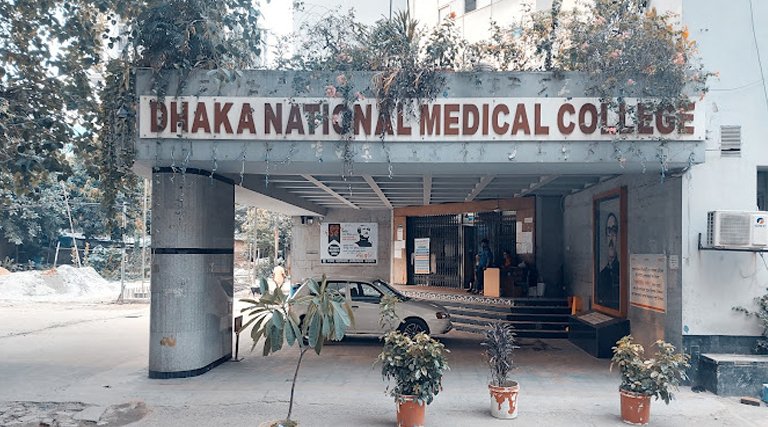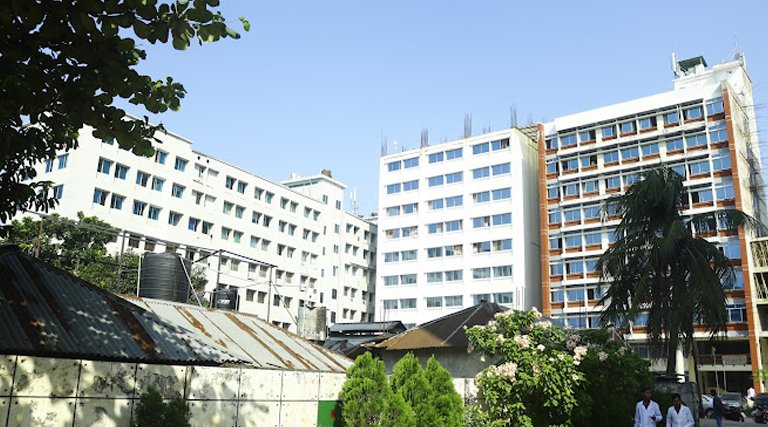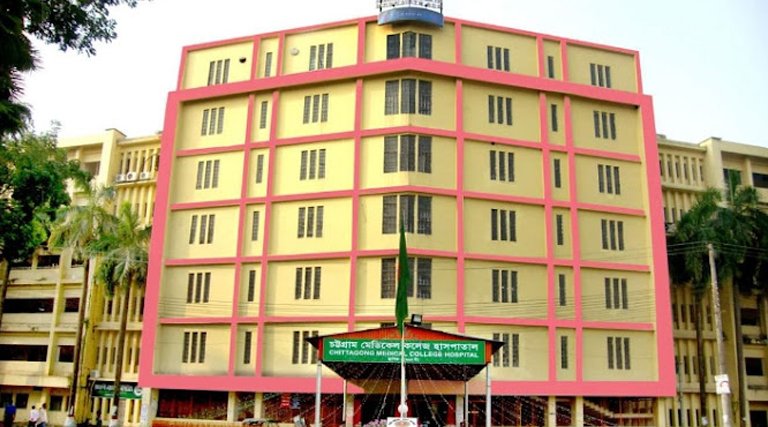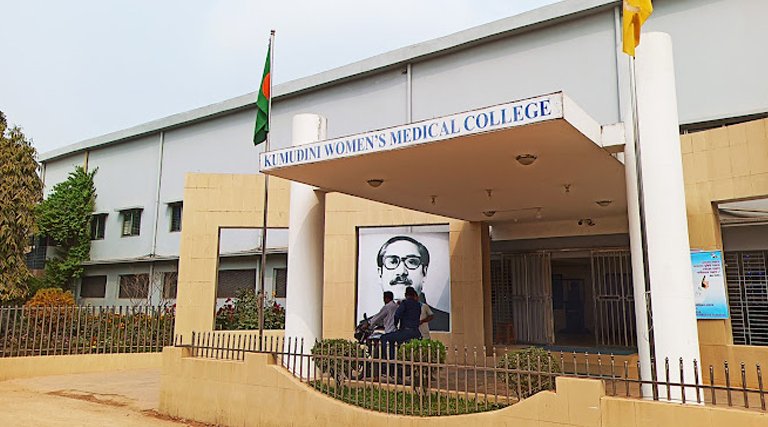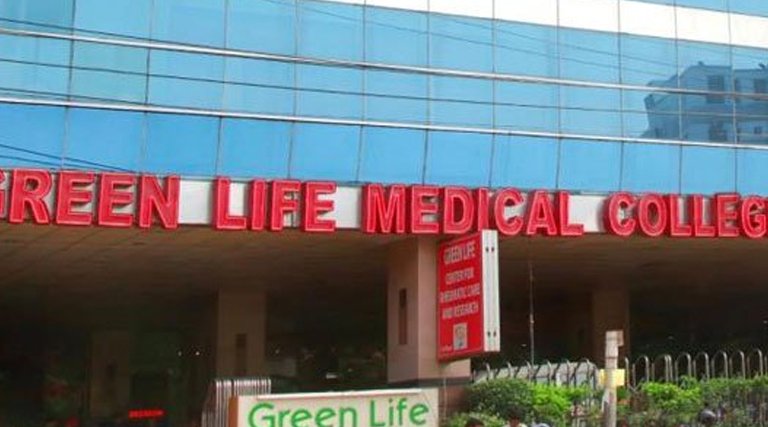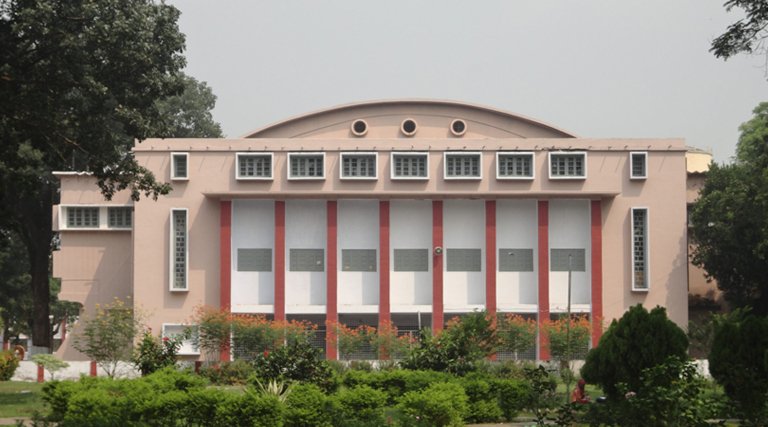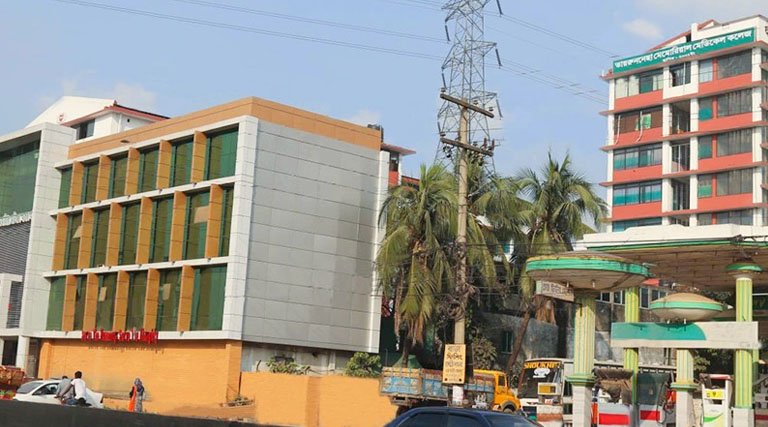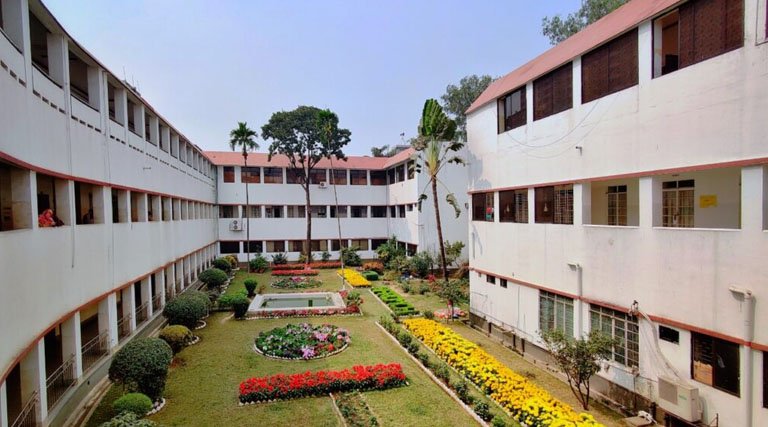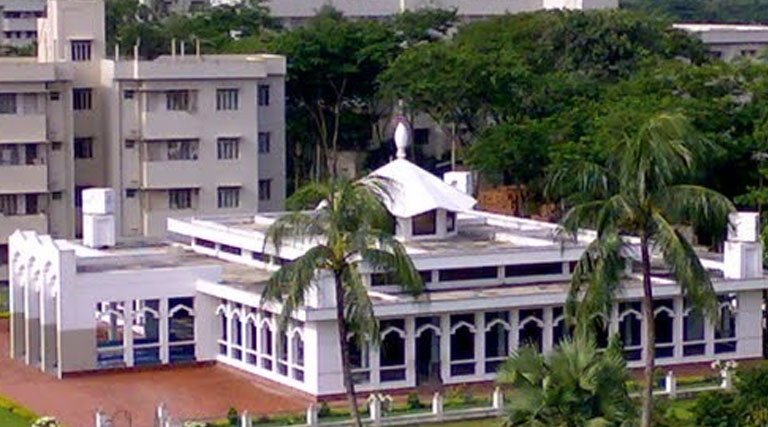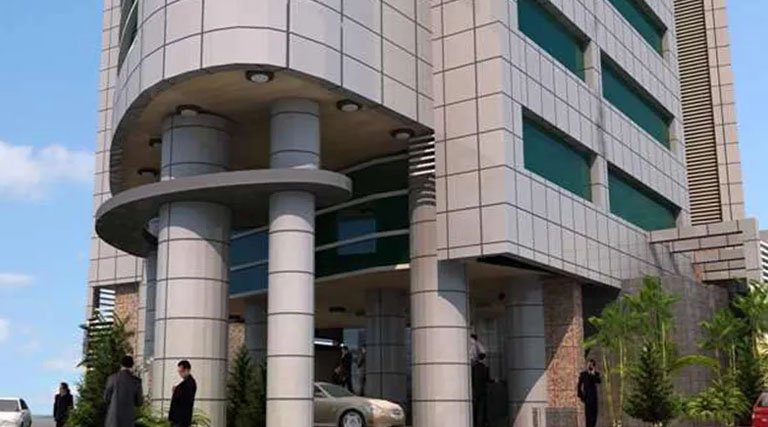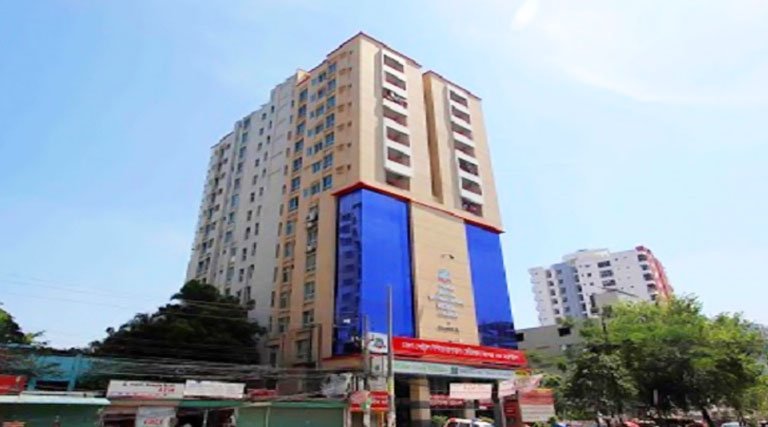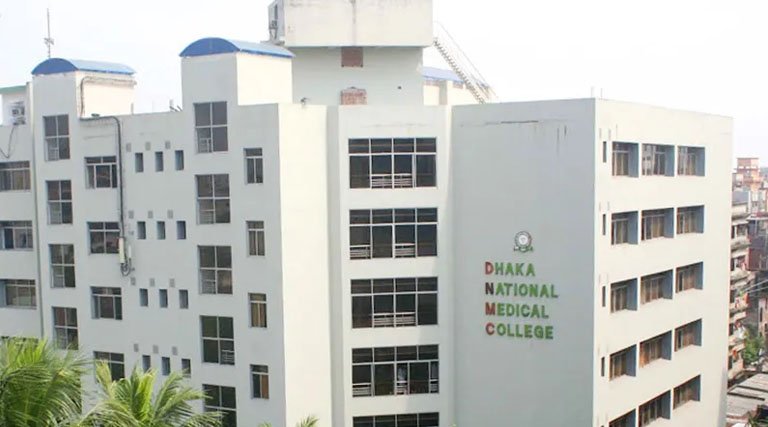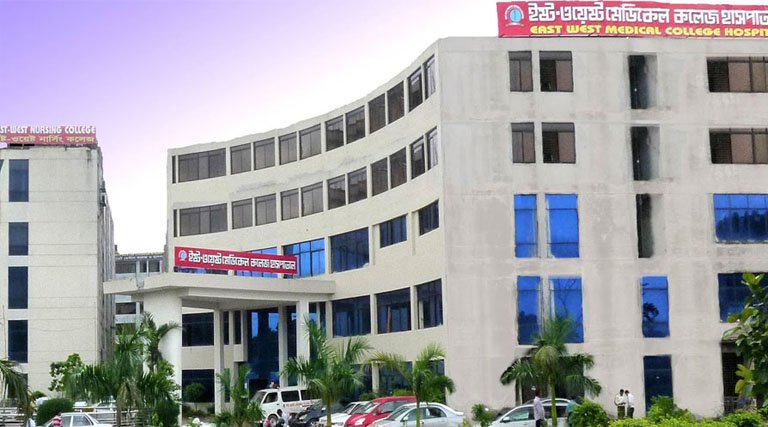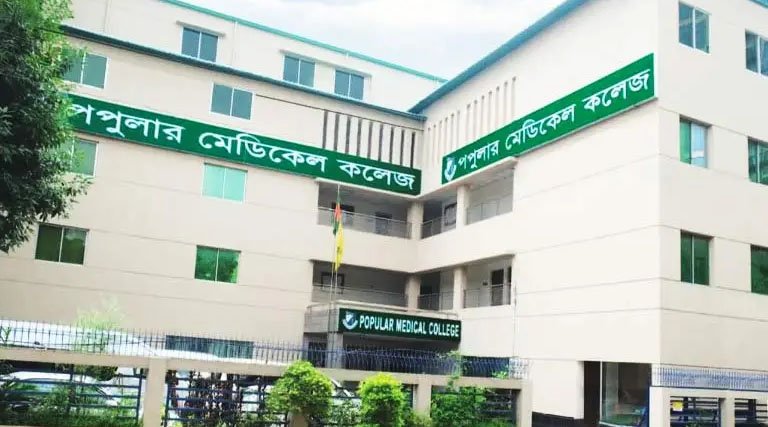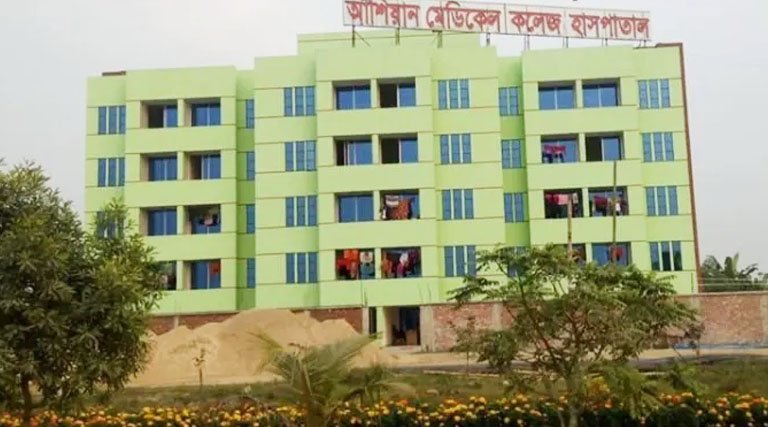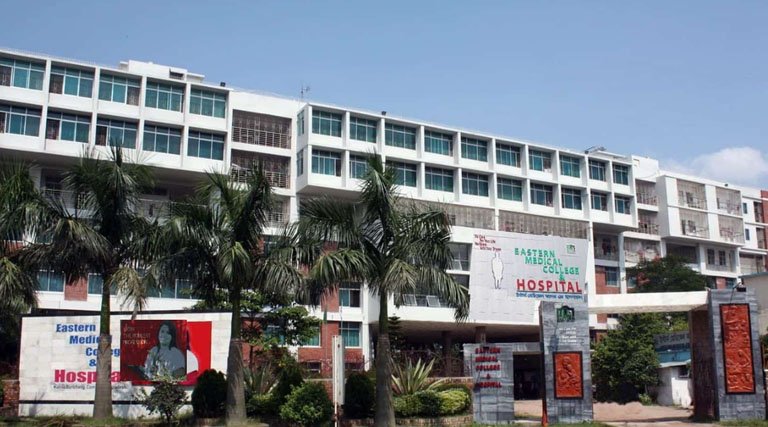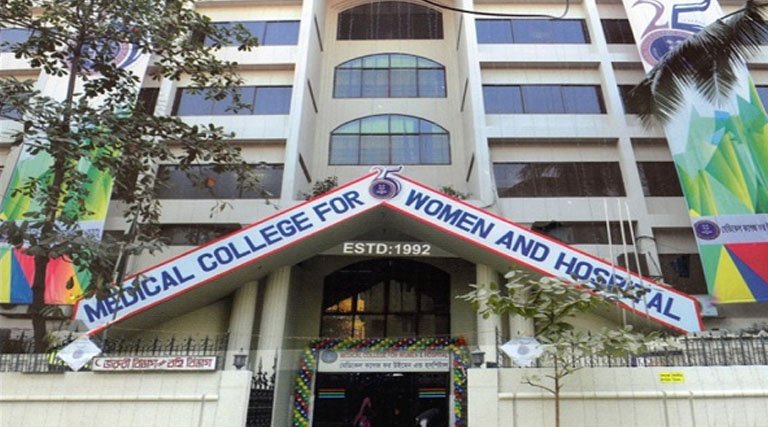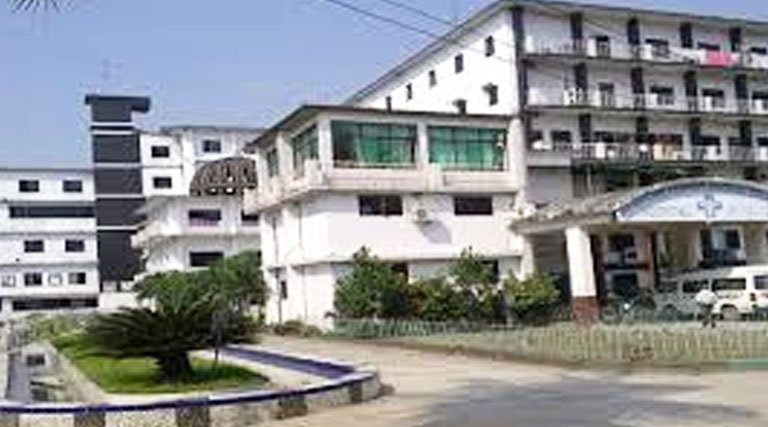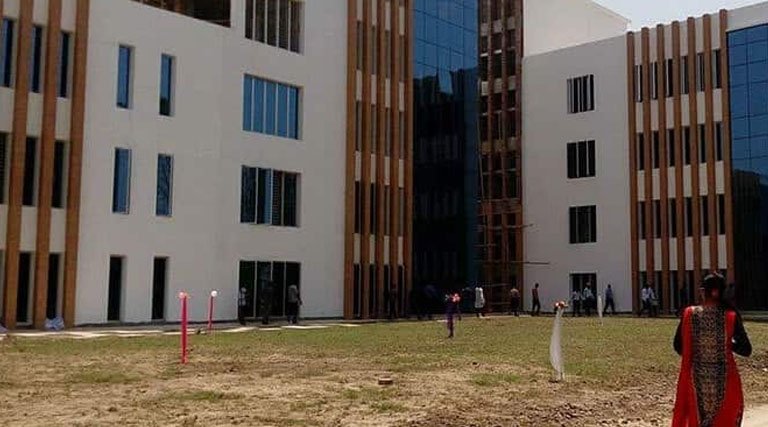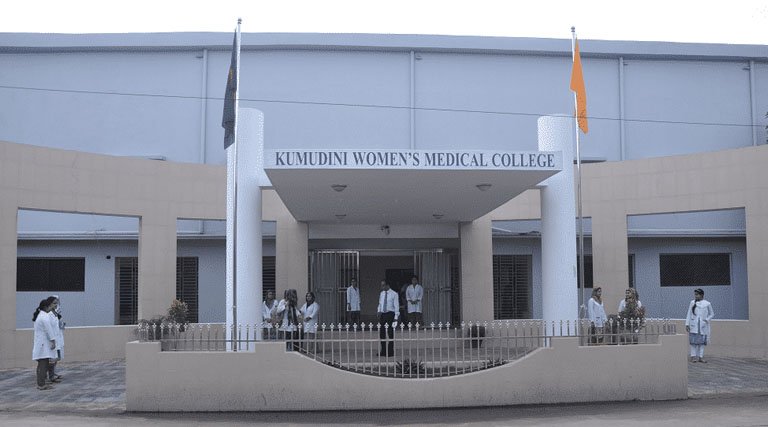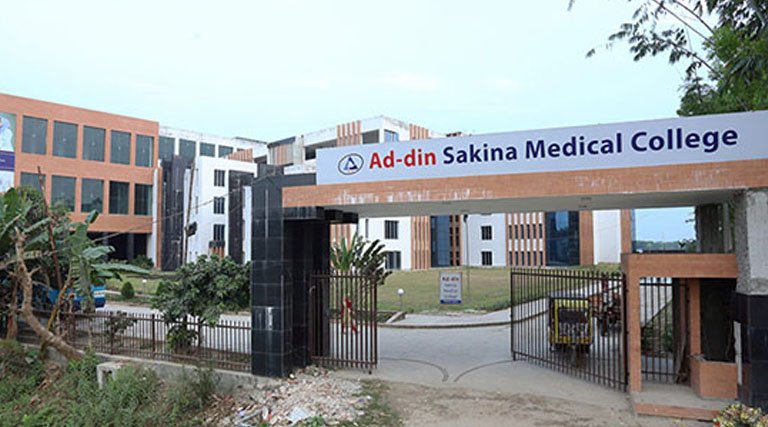RAJSHAHI UNIVERSITY
RAJSHAHI UNIVERSITY
Rajshahi University:
The initial proposal for the establishment of a university emerged in 1917 through the Sadler Commission formed by Calcutta University to assess the university system in Bengal. However, the recommendations made in the report did not lead to immediate actions.
The University of Dhaka was eventually founded in 1921. The demand for a university in the northern part of East Bengal gained momentum, particularly as two universities were quickly established in West Pakistan using funds redirected from East Bengal. This disparity prompted students from Rajshahi College to spearhead the movement advocating for a new university. Eventually, Rajshahi was chosen as the location for the second university in East Bengal, and the Rajshahi University Act of 1953 (East Bengal Act XV of 1953) was passed by the East Pakistan provincial Assembly on March 31, 1953. Itrat Hossain Zuberi, the principal of Rajshahi College, became the first vice-chancellor.
TSCC, University of Rajshahi
Initially, the university operated from temporary locations, including the local Circuit House and Boro Kuthi, an 18th-century Dutch establishment. B B Hindu Academy, a local school, housed essential facilities like the library, teachers' lounge, and the medical center. The university commenced with 20 professors, 161 students (including 5 females), and six departments — Bengali, English, History, Law, Philosophy, and Economics. In 1964, the offices were relocated to the permanent campus.
The 1960s witnessed a turbulent period in Bangladesh, marked by escalating demands for East Pakistani autonomy. During this time, the university's students and staff became increasingly involved in politics. On February 18, 1969, Shamsuzzoha, a professor, lost his life as he attempted to prevent the police from firing on student demonstrators, a date now commemorated as Zoha Day. During the Bangladesh Liberation War of 1971, the campus served as a base for the Pakistan Army, resulting in the loss of several professors, students, and officers.
Post-independence, a new administration act, the Rajshahi University Act of 1973, was implemented. The years following independence witnessed steady growth in student enrollment and the academic staff's size. However, the 1980s proved tumultuous due to student protests against the military rule of Hossain Muhammad Ershad. Since the early 1990s, the university has experienced relative calm with a reduction in session backlogs, although student politics remains a contentious issue.
Overview of Rajshahi University:
| Aspect | Information |
|---|---|
| Location | Rajshahi, Bangladesh |
| Established | 1953 |
| Motto | "তমসোমা জà§à¦¯à§‹à¦¤à¦¿à¦°à§à¦—ময়" (Lead us from darkness to light) |
| Type | Public Research University |
| Vice-Chancellor | Professor Dr. M. Shah Nowaz Ali |
| Academic Units | Numerous departments and faculties |
| Campus Area | Large and diverse campus |
| Undergraduate Programs | Various disciplines including Arts, Science, Business |
| Postgraduate Programs | Master's and PhD programs |
| Admission Process | Typically involves an admission test and application process |
| Historical Significance | Second university in East Bengal, founded during British India |
| Notable Events | Active participation in politics during historical events; Zoha Day commemorated |
| Facilities | Libraries, laboratories, sports facilities, residential halls |
| Website | Rajshahi University Website |
Recognition of Rajshahi University:
- National Medical Commission (NMC)
- World Health Organisation (WHO)
- Director-General Health Service DGHS
- Ministry of Foreign Affairs
- United Nations Educational, Scientific and Cultural Organization (UNESCO)
Faculties:
Faculty of Science:
- Department of Physics
- Department of Chemistry
- Department of Mathematics
- Department of Statistics
- Department of Biochemistry and Molecular Biology
- Department of Botany
- Department of Zoology
- Department of Psychology
Faculty of Medicine:
- Rajshahi Medical College (Affiliated Institution)
why choose rajshahi University?
Indian applicants may find several compelling reasons to choose Rajshahi University for their academic pursuits. Here are some reasons that might make it an attractive choice for Indian students:
- Quality Education: Rajshahi University is renowned for its academic excellence and offers a diverse range of undergraduate and postgraduate programs across various disciplines, ensuring a high standard of education.
- Cultural and Historical Significance: The university, with its establishment in 1953, holds historical significance as the second university founded in East Bengal during British India. Indian students may appreciate being part of a historically significant institution.
- Cost-Effective Education: Compared to some universities in India and other countries, the cost of education at Rajshahi University may be more affordable, making it an attractive option for budget-conscious students.
- Proximity to India: Rajshahi University is located in Bangladesh, making it relatively accessible for Indian students. The geographical proximity can simplify travel arrangements and enhance the sense of familiarity.
- Similar Educational System: The academic system in Bangladesh, including Rajshahi University, is somewhat similar to the Indian education system, which may ease the transition for Indian applicants.
- Diverse Academic Programs: The university offers a wide range of academic programs, allowing Indian students to choose from various disciplines and find programs that align with their career goals.
- Research Opportunities: As a public research university, Rajshahi University provides opportunities for students to engage in research activities, contributing to academic advancements.
- Language of Instruction: English is often the medium of instruction for many programs, making it accessible for Indian students who are proficient in English.
- Cultural Exposure: Studying at Rajshahi University provides Indian students with exposure to Bangladeshi culture, fostering cultural exchange and broadening their perspectives.
- International Student Community: The university may have a diverse international student community, offering Indian students the chance to interact with peers from different backgrounds and cultures.
Eligiblity Criteria for admission in rajshabhi University:
- Educational Qualifications:
- Indian applicants typically need to have completed the equivalent of the Higher Secondary Certificate (HSC) examination in Bangladesh, which is often the 10+2 level in India.
- Equivalence Certificate:
- Indian applicants may be required to obtain an equivalence certificate for their academic qualifications from the Inter-Board Committee of Chairmen (IBCC) in Bangladesh or another relevant authority.
- Admission Test:
- Depending on the program, the university may conduct admission tests. Indian applicants should be prepared to take these tests, and the test structure may vary for different programs.
- Language Proficiency:
- Some programs may require proof of proficiency in English or Bengali, depending on the medium of instruction. This proficiency can often be demonstrated through standardized language tests.
- Application Process:
- Indian applicants will need to complete the university's application process, which usually involves submitting an online application form along with necessary documents. The application form may be available on the university's official website.
- Visa Requirements:
- Indian students intending to study in Bangladesh generally need to obtain a student visa. Check the latest visa requirements and procedures with the Bangladesh High Commission or Embassy in India.
Admission Process:
- NEET clearance is a prerequisite for MBBS admission at the University of Rajshahi.
- To initiate the admission process:
1. Class 10 & 12 mark sheets, pass certificate, and admit cards must be attested by the Bangladesh High Commission, Delhi.
2. Send the attested documents to the respective medical college.
3. Make the payment for seat booking and confirmation. - Obtain a conditional offer letter from the college after payment.
- Apply for an Equivalence certificate from DGHS and submit the application, along with attested marks sheets, to the Bangladesh Deputy High Commission, Kolkata. Pay a total of $60 for DGHS approval within the specified deadline.
- Receive the Equivalency certificate from DGHS Bangladesh and the confirmed admission letter from the college.
- Complete the payment of the remaining (balance) fees for the first year to the college.
Apply for a student visa with the following documents:
1. Class 10 & 12 admit card, mark sheet, and certificate
2. Admission letter and Equivalence Certificate
3. TT copy (college fees transfer)
4. Birth certificate
5. 2 passport-size photos
6. Original Passport
After completing the above steps, report to the college within the announced deadline once the medical college announces it.
MBBS Fees:
| Particular | Year 1 to 6 Years |
|---|---|
| Fees in USD (approx) | $35000/- |
| Fees in INR (approx) | 2,905,000/- |
NOTE: 1$ = 83. The mentioned fee is approximate in nature, and it will be subject to change.
Hostel And Accomodation at Rajshahi University:
- Separate hostel facilities are available for students at Rajshahi University.
- The university offers distinct wings for boys and girls.
- Rajshahi University provides accommodations for male and female internee doctors.
- Two boys' hostels, namely Shahid Muktijuddha Kaji Nurunnobbi Hostel and Shahid Shah Mainul Ahsan Pinku, cater to the residential needs of male students.
- Three girls' hostels, named Falguni, Polin, and Ayesha Siddiqa, accommodate female students.
- Convenient bus services are provided for students commuting between the hostel complex and the main university campus.
- The university boasts a canteen, known as "Charu Mamar Canteen," which serves a diverse range of international cuisines.
- Additionally, the campus features various amenities such as libraries, laboratories, and sports facilities.
- Students at Rajshahi University benefit from a rich academic environment, actively participating in historical and political events.

